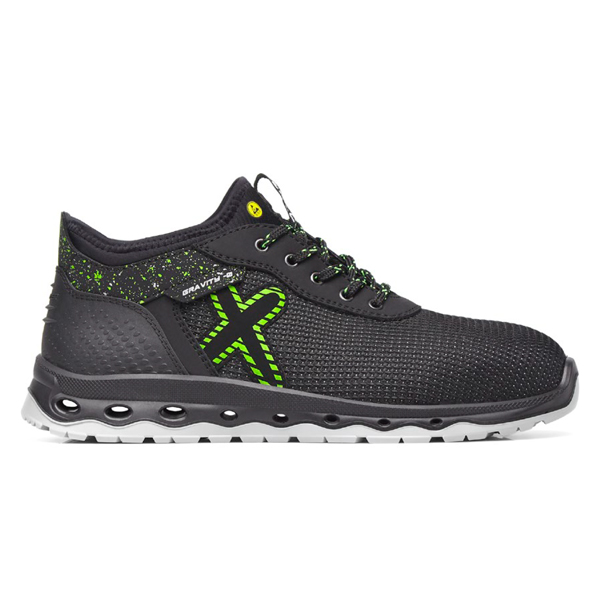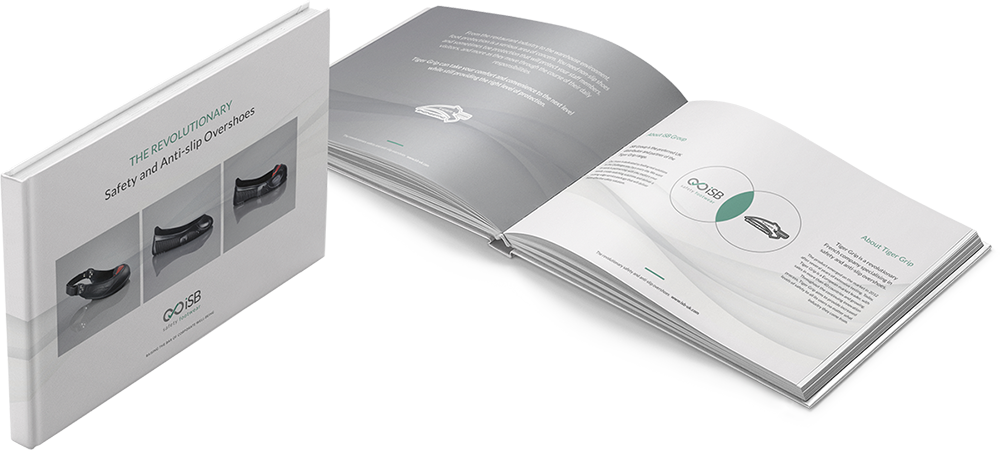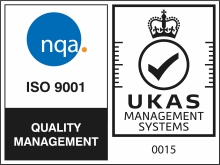
Purchasing good quality workwear and PPE for your team is one positive action you can take towards building a safer workplace. Another is encouraging a ‘safety-first’ culture, whereby safety runs through everything you do. Nick Grinnell shares his eight steps to creating a safety-first culture…
Building safer workplaces
Safer workplaces don’t happen by chance, but rather by the result of deliberate and concerted preventative action, including providing appropriate safety equipment and PPE, putting in place safety rules and procedures, and establishing a ‘safety-first’ culture.
What is a safety-first culture?
A safety-first culture goes beyond simply ensuring everyone follows safety rules and procedures. It means everyone in a business feels responsible for safety – both their own and that of those around them – and actively pursues it on a daily basis. From the top to bottom of an organisation, all employees unite behind the shared goal of reducing near misses and accidents through proactive – rather than reactive – action.
How do I create a safety-first culture?
Establishing a safety-first culture in your business takes time and effort, but will pay dividends in the long-term.
Our eight steps to success are:
- Ensure effective communication
- Implement continuous learning and improvement
- Enable feedback
- Appoint champions
- Undertake assessments
- Get management buy-in
- Practice accountability
- Celebrate success.
Let’s find out more…
Building a safety-first culture: eight steps to success
# Ensure effective communication
Effective communication is key to the success of any safety initiative – especially one requiring culture change. By communicating your goals and the reasons for them clearly, you ensure everyone in your organisation is included and feels part of the journey.
Encourage your team leaders to give regular updates on progress against your goals. Not only will this help to keep everyone engaged with your safety goals, it will also help to keep safety at front of mind.
Our tip: Keep updates short but memorable, and make them interactive so employees can air their views, give feedback, or ask any questions they may have. Consider using video to support your communication efforts, as something different and more easily digestible.
# Implement continuous learning and improvement
Recognise that this is a journey and not a sprint. Everyone is busy getting the day job done – that hasn’t changed – and it’s easy for busy people to forget things they’ve learned. So, break down issues into small practical steps that can be achieved, and keep learning sessions short. Revisit topics regularly and find different ways to remind people of the goals and why they are in place. Include reminders in the physical environment they’re working in, through signage or displays.
Our tip: Pair new recruits to your business with your safety champions, so you can give them a kick-start in your company culture.
# Enable feedback
Make it easy for people to report accidents and near misses, and to offer suggestions that may improve safety. Give regular updates and feedback suggestions, to ensure people know they are being heard, and that their efforts have not gone unnoticed.
Our tip: Conducting regular (short!) surveys with your teams can be a good way to understand what is happening at ground level, and to gauge progress in culture change.
# Appoint champions
There will be people in your business that are natural leaders. They might not be in a leadership or management position, but they have the ear and respect of your workers. If you can get these people on side, establish them as safety champions who can help to spread the message and ensure compliance.
# Undertake assessments
Make sure official training and certification is up-to-date, and consider implementing your own refresher quizzes for key safety assessments to keep the topics front of mind.
# Get management buy-in
Building a culture in which safety comes first requires everyone in an organisation to be fully engaged and involved. This includes management at all levels, who should lead by example in everything they do and say. This includes wearing appropriate PPE when on site, and ensuring that their invited visitors do the same.
Our tip: Keep a stock of clean, spare PPE like hi vis vests and hard hats that can be used by managers visiting the warehouse floor or production line. Signage directing visitors to wear the correct PPE before entering the site will also help compliance.
# Practice accountability
Ask for feedback from employees on your company’s safety credentials, and be prepared to show that you listen to and act on that feedback. Follow up on any suggestions you implement, and share outcomes with the team. If something isn’t working as it should, don’t look to apportion blame, but seek to learn from mistakes and move forward with confidence.
# Celebrate success
Motivate your teams by showing them the difference they are making to your business and to their own safety. Have a dashboard that shows the number of days since the last accident or issue, and other notable achievements. Share and celebrate employee suggestions that make a difference, and put in place a system to reward employees that go above and beyond in pursuit of safety in the workplace.
You Might Like...
 1
1
Gravity Jupiter Safety Trainers- E3200
Ultra resistant textile TECNO-TEXT upper
 2
2
Gravity Jupiter Safety Trainers- E3200
Ultra resistant textile TECNO-TEXT upper
 3
3
Gravity Jupiter Safety Trainers- E3200
Ultra resistant textile TECNO-TEXT upper
 4
4
Gravity Jupiter Safety Trainers- E3200
Ultra resistant textile TECNO-TEXT upper

















